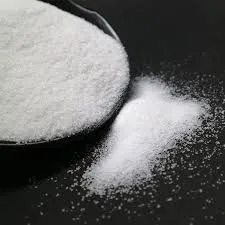Physical Treatment of Waste Water An Overview
The physical treatment of wastewater is an essential step in industrial and municipal water management processes. This method focuses on removing contaminants from water through physical processes rather than chemical or biological means. The primary goal of physical treatment is to reduce the load of pollutants before they are subjected to further treatment or discharged into the environment.
Physical Treatment of Waste Water An Overview
Following screening, sedimentation is another key physical treatment method used to separate solids from liquids. In a sedimentation tank, wastewater is held in a large basin where heavier solids settle to the bottom due to gravity. This accumulated sludge can then be removed for further treatment or disposal. Sedimentation helps to clarify the water by significantly reducing its solid content, making it more manageable for further processing.
physical treatment of waste water

Another important physical treatment technique is flotation, which employs bubbles to lift solid particles to the surface of the wastewater. This process is particularly effective for removing oil and grease, as the bubbles attach themselves to these lighter-than-water substances, causing them to float. Once at the surface, the oil and grease can be skimmed off, leaving cleaner water underneath.
Filtration is also widely used in the physical treatment process. This technique involves passing water through various media, such as sand or activated carbon, which capture fine particles and impurities. Filtration not only improves the clarity of the water but also reduces the concentration of colloidal materials that might be harmful to aquatic ecosystems if discharged untreated.
While physical treatment methods are effective in removing many contaminants, they often need to be complemented by biological and chemical processes. For instance, after physical treatment, biological processes such as activated sludge or biofiltration can further degrade organic matter, while chemical methods can address specific pollutants, such as heavy metals or nutrients.
In conclusion, the physical treatment of wastewater is a vital preliminary step in ensuring the sustainability and safety of our water resources. By utilizing techniques such as screening, sedimentation, flotation, and filtration, wastewater treatment facilities can significantly enhance water quality, protect aquatic ecosystems, and contribute to the overall health of our environment. With the growing emphasis on pollution control and resource conservation, the role of physical treatment in wastewater management is more critical than ever.

